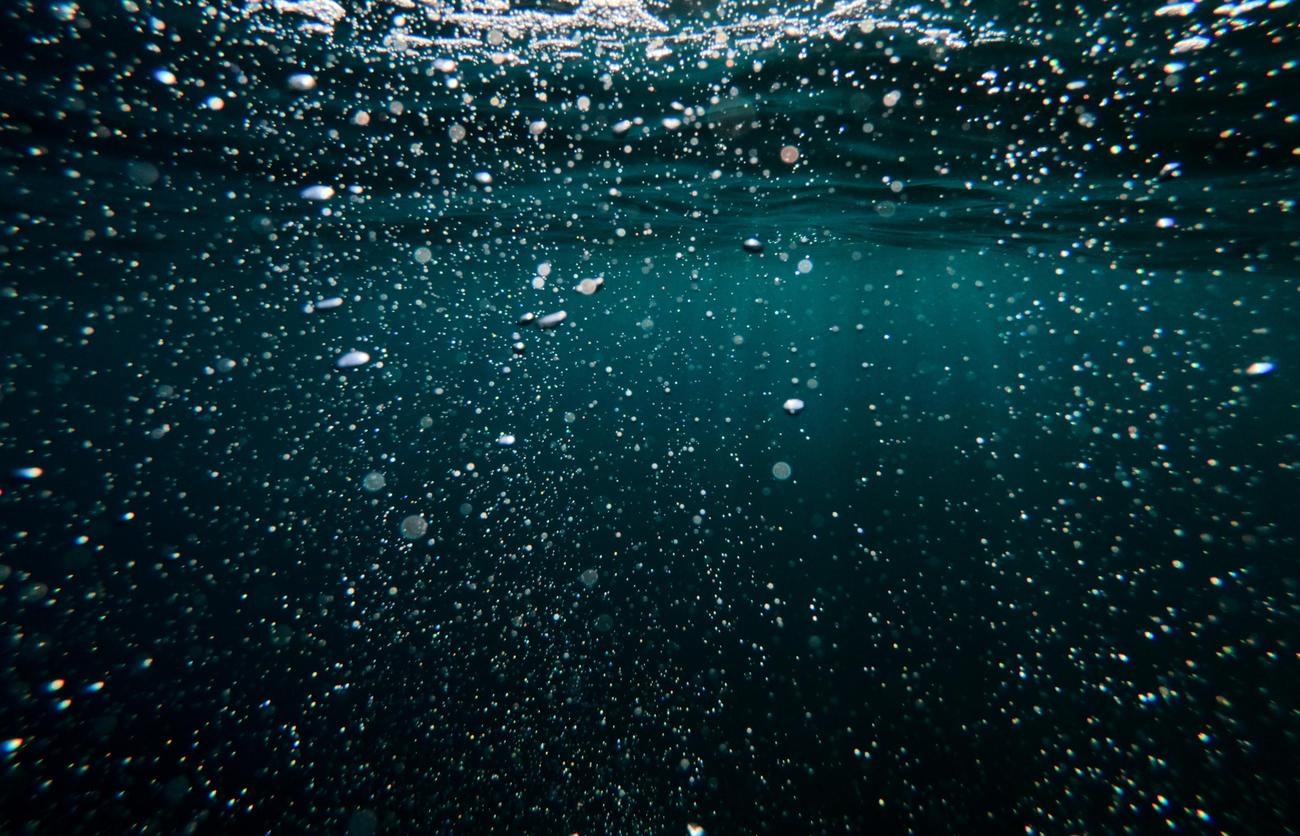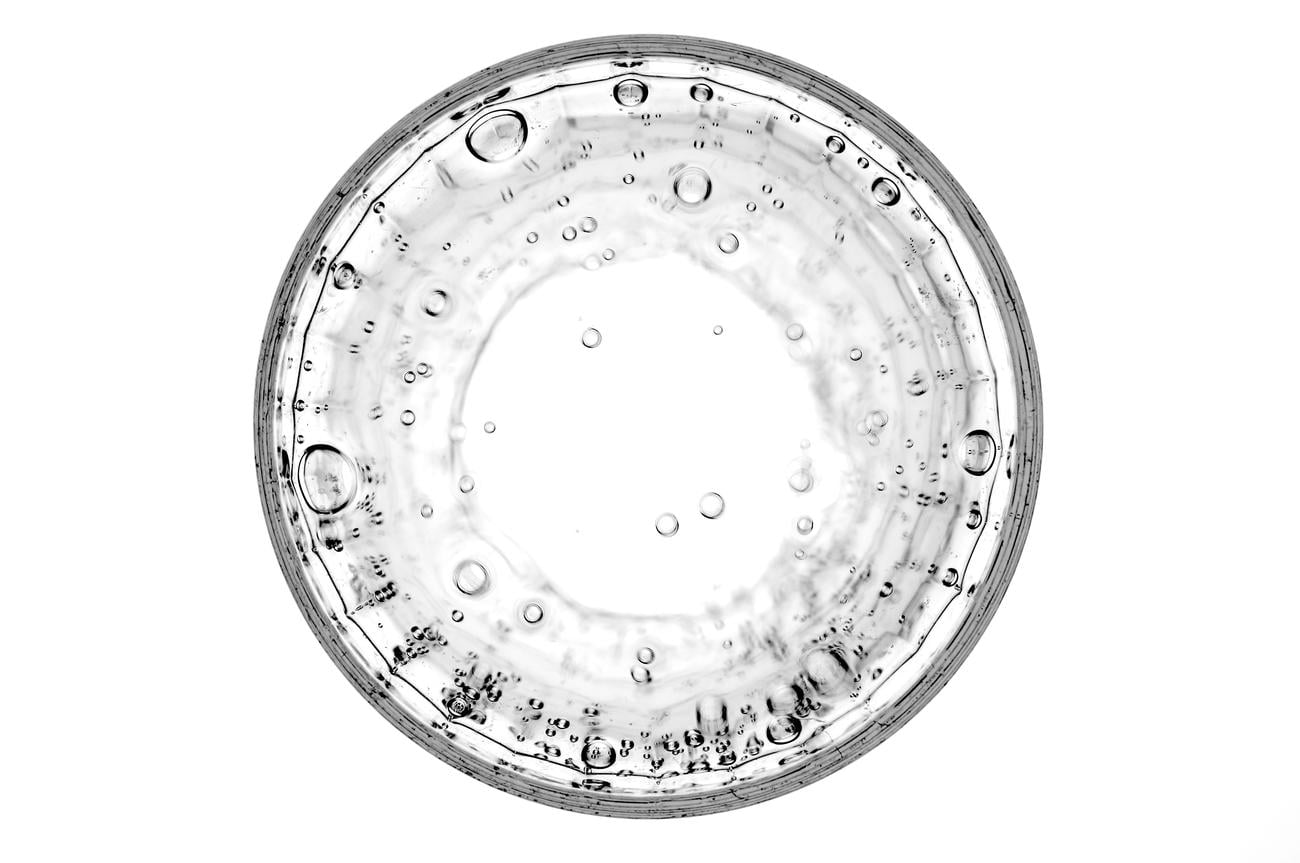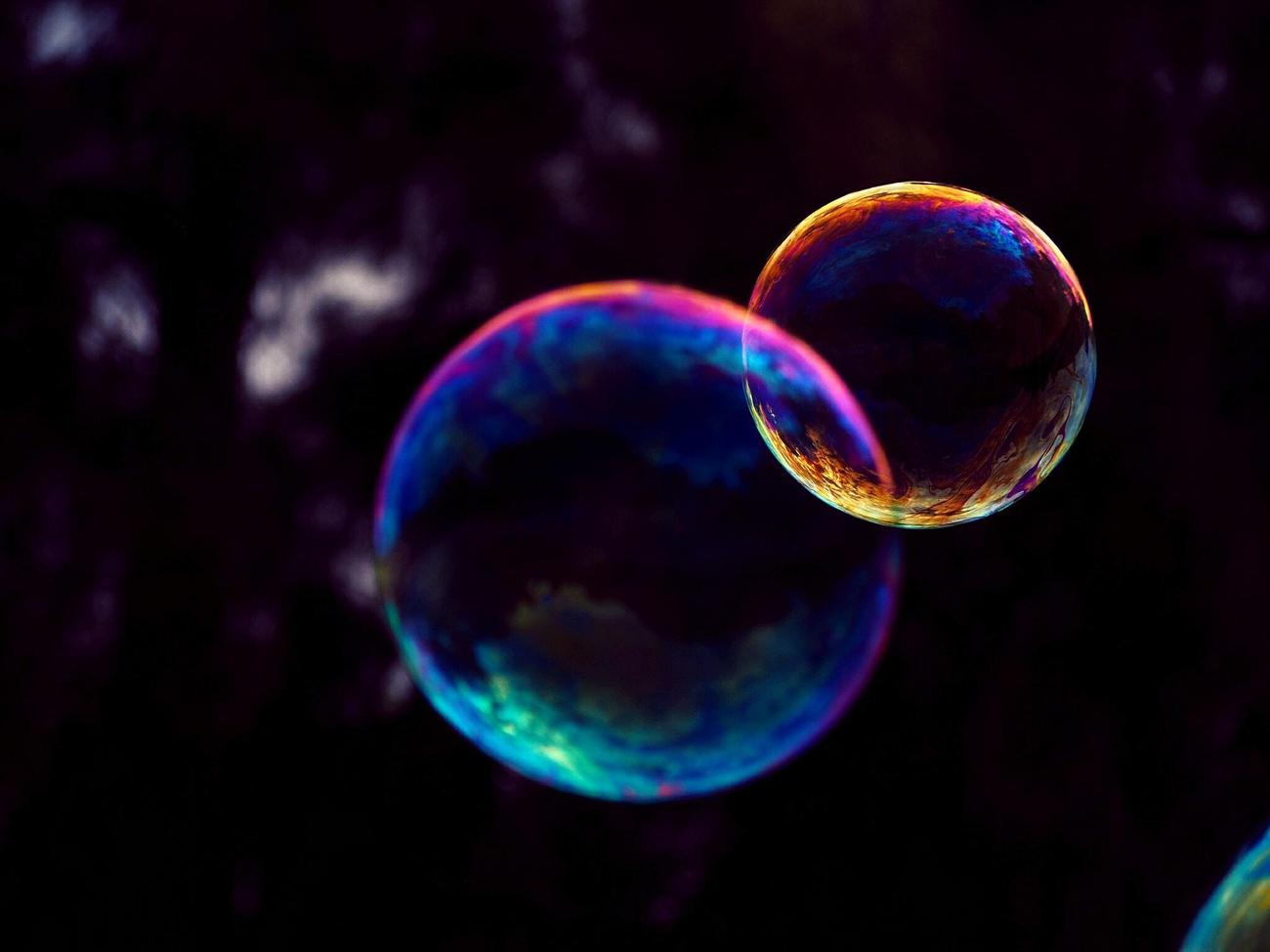Prepare to be entranced as we unravel the enigmatic nature of bubbles and plunge into the mesmerizing world they inhabit. In this captivating exploration, we will delve deep into the unique characteristics that make bubbles incredibly fascinating. From their delicate shimmer to their uncanny ability to defy gravity, bubbles have captivated our imaginations for centuries. Join us as we embark on a journey that ventures beyond the surface, unraveling the secrets of these ethereal spheres and discovering their profound implications in the realms of physics, chemistry, engineering, and even art. Get ready to be amazed by the hidden wonders that lie within the humble bubble.

Unique Characteristics of Bubbles
Bubbles, those mesmerizing pockets of whimsy floating in the air, have captivated humans for centuries. Beyond their ethereal beauty, bubbles possess a fascinating range of unique characteristics that make them a beloved subject of scientific study. In this article, we will delve into the enchanting world of bubbles, unveiling their distinct traits and exploring the implications they hold in various fields.
To truly understand the unique characteristics of bubbles, let’s start by unraveling their basic structure. A bubble, as you may know, is formed by a thin film of soapy water. This film consists of three layers: the soap solution layer sandwiched between two layers of water molecules. It is this delicate interplay of forces that gives bubbles their remarkable properties.
One of the most intriguing characteristics of bubbles is their shape. Unlike simple spheres, bubbles take on an ellipsoidal form. Their elongated shape arises due to various factors, including their contact with surrounding surfaces, air currents, and the balance between internal and external air pressure. As a result, bubbles exhibit an irregular motion, dancing whimsically through the air with an independent velocity.
Speaking of velocity, bubbles move at different speeds depending on their size. Smaller bubbles typically have a velocity of around 28-30 cm/sec, while larger bubbles can reach velocities of 35-40 cm/sec. This variation in speed adds an extra layer of dynamism to the already captivating nature of bubbles.
As we ponder the unique characteristics of bubbles, it’s intriguing to consider their relevance beyond mere amusement. Bubbles play a significant role not just in the realm of physics and chemistry, but also in fields as diverse as engineering and art.
In physics, the study of bubbles helps us understand the behavior of fluids and the principles of surface tension. By observing their motion and interactions, scientists gain valuable insights into the underlying forces governing the world around us. This knowledge finds practical applications in various industries, ranging from the design of more efficient heat exchangers to the development of improved drug delivery systems.
When it comes to art, bubbles have long fascinated artists for their symbolic significance and visual allure. The ephemeral nature of bubbles, their delicate and transient existence, serves as a metaphor for life itself. Artists often incorporate bubble motifs in their work, using them to evoke a sense of wonder, fragility, and fleeting beauty.
In the realm of engineering, bubbles pose both advantages and challenges. On one hand, their ability to provide buoyancy makes them valuable in applications such as flotation devices and aerators. On the other hand, bubbles can cause issues in fluid flow, leading to reduced efficiency or even machinery failure. Understanding the unique characteristics of bubbles enables engineers to optimize systems and overcome these challenges.
To summarize the awe-inspiring world of bubbles, we cannot help but feel a sense of wonder at their unique characteristics. From their ellipsoidal shape and irregular motion to their varying velocities, bubbles continue to intrigue and inspire. As we explore their properties in physics, engineering, and art, we uncover new opportunities for innovation and creativity.
So, the next time you spot a bubble floating freely in the air, take a moment to appreciate its remarkable nature and the hidden possibilities it represents. In bubbles, we find a microcosm of the world, unveiling the intricacies of physics and stirring our imagination with their ethereal beauty. Let us embrace the enigmatic allure of bubbles and marvel at the remarkable characteristics that make them truly extraordinary.
“Bubbles, those whimsical pockets of joy, possess a range of unique characteristics that captivate and inspire. From their ellipsoidal shape to their varying velocities, bubbles hold a mesmerizing world waiting to be explored.”
Bubbles have always fascinated people of all ages. Whether it’s the mesmerizing colors swirling within them or the ephemeral nature that makes them pop so quickly, bubbles are a source of endless wonderment. If you’re curious to learn more about these delightful spheres, we’ve got you covered! Check out our collection of random facts about bubbles and prepare to be amazed. Click here to uncover the secrets of bubbles: Random facts about bubbles. Don’t miss out on the chance to delve into the captivating world of bubbles and discover something new!

FAQ
Q: What is a bubble in the context of the economy?
A: In the context of the economy, a bubble refers to an economic cycle characterized by a rapid escalation of market value followed by a quick decrease. These bubbles are often referred to as “crashes” or “bubble bursts.”
Q: How are bubbles formed in the natural world?
A: Bubbles in the natural world are formed by a thin film of soapy water with three layers. These layers consist of a thin liquid film surrounded by two layers of molecules, one facing inwards and one facing outwards.
Q: What gases can fill bubbles besides air?
A: While most bubbles are filled with air, other gases such as carbon dioxide can also be used to fill them.
Q: What shape do bubbles have and how do they move?
A: Bubbles have an ellipsoidal shape with irregular motion and independent velocity. They constantly change shape due to the surface tension and pressure differences within the bubble.
Q: Do bubbles of different sizes have different velocities?
A: Yes, the velocity of smaller bubbles is approximately 28-30 cm/sec, while larger bubbles tend to have a higher velocity of 35-40 cm/sec. The size of the bubble affects its motion through the surrounding medium.
- Unlock 6000+ words beginning with he: A comprehensive analysis - April 20, 2025
- Mastering -al Words: A Complete Guide - April 20, 2025
- Master Scrabble: High-Scoring BAR Words Now - April 20, 2025
















